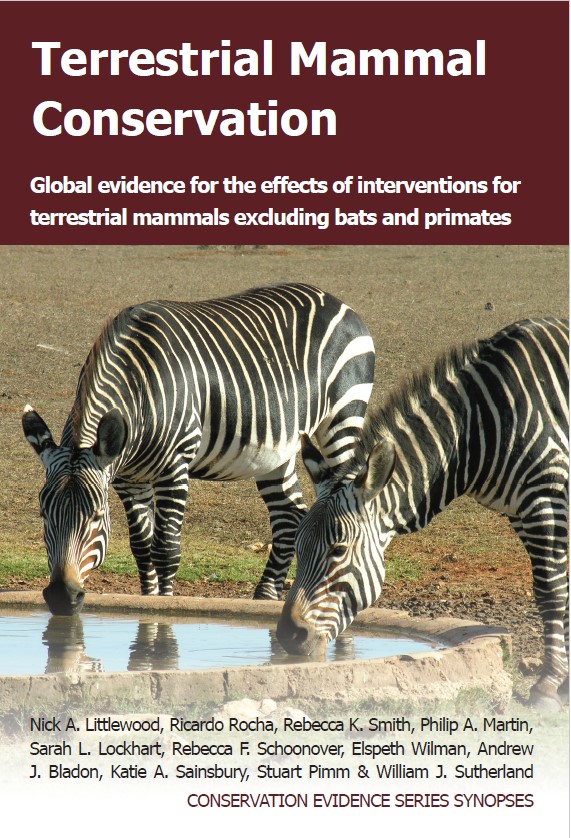Translocate mammals that have habituated to humans (e.g. bears)
-
Overall effectiveness category Trade-off between benefit and harms
-
Number of studies: 2
View assessment score
Hide assessment score
How is the evidence assessed?
-
Effectiveness
50% -
Certainty
49% -
Harms
20%
Study locations
Supporting evidence from individual studies
A study in 1967–1974 in forest and grassland in a national park straddling Tennessee and North Carolina, USA (Beeman & Pelton 1976) found that after initial translocation, almost half of the ‘nuisance’ black bears Ursus americanus returned to their capture locations. Of 76 translocated bears, 36 were subsequently caught or seen within ≤8 km of their original capture location at least once (all except two of these were ≤2 km from their capture location). In a 2,072-km2 national park with high recreational use, bears were translocated if they exhibited nuisance behaviour (such as accessing human food). Seventy-six bears (66 male, 10 female) were moved a total of 155 times (1–13 times/bear). Bears were released 6–65 km from capture sites. Translocated bears were ear-tagged and data were collated in 1967–1974, from sightings or recaptures.
Study and other actions testedA review of 19 studies in forested areas in 16 states and provinces in the USA and Canada (Rogers 1986) found that black bears Ursus americanus translocated away from sites of conflict with humans were less likely to return to their capture site if translocated as younger bears, over greater distances, or across geographic barriers. Of 15 sub-adult male bears translocated 32–85 km (pooled from two studies), one returned to its capture site, compared to 106 returns out of 145 bears >2 years old translocated 8–120 km (pooled from 12 studies). In data pooled from 12 studies, fewer bears (34 of 79 bears - 43%) that were translocated 64–271 km returned to capture locations than bears translocated <64 km (81 of 100 bears – 81%). In one study of bears translocated ≤80 km, fewer returned when released at locations separated from capture sites by mountains or numerous ridges (5 of 27 bears – 19%) than when released across more uniform terrain (104 of 143 bears – 73%). Translocation and movement data were summarized from 19 studies (16 published in 1961–1984 and three unpublished) of bears translocated due to nuisance behaviour. Bears were considered to have returned home if found within 8–20 km of their capture site (this varied by study).
Study and other actions tested
Where has this evidence come from?
List of journals searched by synopsis
All the journals searched for all synopses
This Action forms part of the Action Synopsis:
Terrestrial Mammal Conservation
Terrestrial Mammal Conservation - Published 2020
Terrestrial Mammal Conservation





)_2023.JPG)














